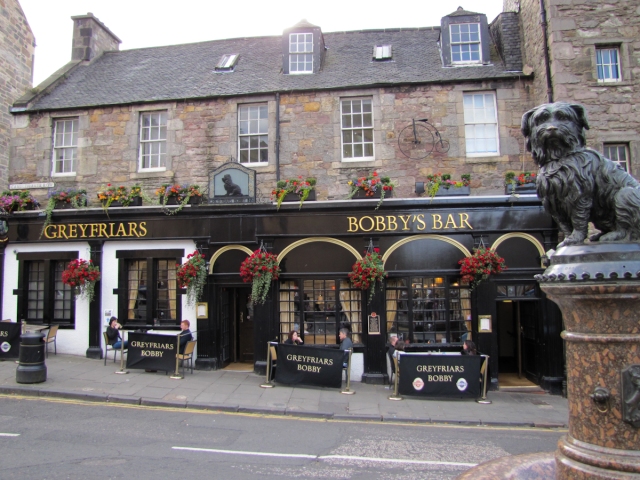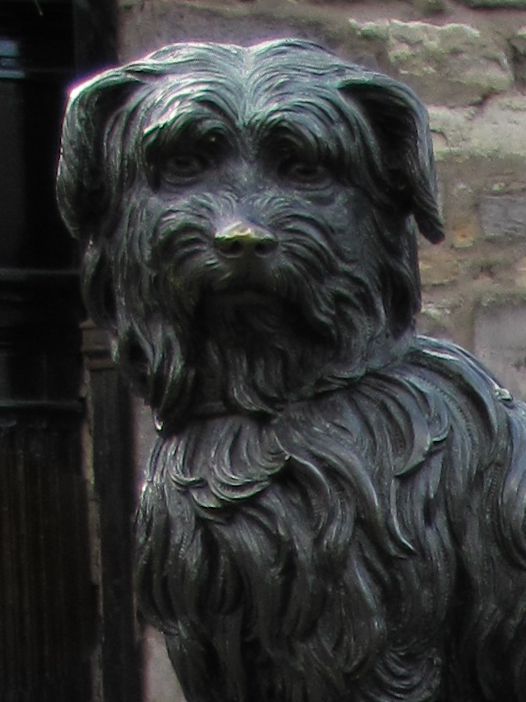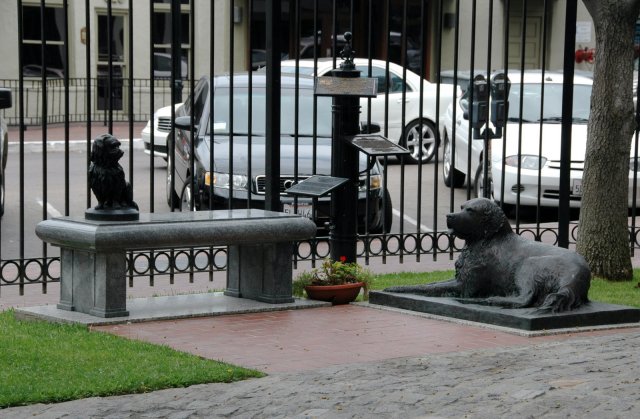I don’t know what kinds of cars my neighbours drive. The family to the east, who have lived beside us for 22 years, have always driven a full-size beige car. It might be an American make. It might not. The people to the west have had a white car for as long as we’ve known  them, which is 21 years. I assume that at some point the old white car was replaced by a new white car of the same, or maybe just a similar, model, which might be Japanese. It might not. I don’t know. I don’t know what kind of car anyone in my family drives either, except for my husband.
them, which is 21 years. I assume that at some point the old white car was replaced by a new white car of the same, or maybe just a similar, model, which might be Japanese. It might not. I don’t know. I don’t know what kind of car anyone in my family drives either, except for my husband.
I don’t know what they drive because I don’t care, because they drive average cars, of average colours, with average features. A friend once complained that I never waved back when we passed each other on the road, so I’ve told all my acquaintances not to wave at me from their vehicles because I don’t recognize them. By the time I figure out who might have been waving at me from a nondescript silver van, the driver’s at home having a cup of tea.
 Now, if anyone I know drove a supercar such as a Ferrari or Lamborghini or the car pictured opposite, I’d know exactly who was waving at me. I’d see, and hear, them coming a block away and I’d be waving enthusiastically, because those are cars I notice.
Now, if anyone I know drove a supercar such as a Ferrari or Lamborghini or the car pictured opposite, I’d know exactly who was waving at me. I’d see, and hear, them coming a block away and I’d be waving enthusiastically, because those are cars I notice.
I discovered the car pictured here while we were strolling in New Town one evening in search of a restaurant. Just as we were about to turn off of one street onto another, I glanced up the road ahead, exclaimed “What is that?”, and set off eagerly toward the car parked there.
 That turned out to be a Zonda, an Italian supercar produced by Pagani Automobil. Only a handful of Zondas are produced every year, selling for hundreds of thousands of dollars. I googled the GJ9 license plate number and found articles that say this particular car was involved in a crash in Aberdeen, Scotland a few years ago. It was returned to the Pagani plant for major repairs and the result is the one-off Zonda GJ pictured here, built up from a C12S. Whether that’s factual, I don’t know, but it’s cool to think that I may have photographed not just a Zonda, but a special edition, one of a kind.
That turned out to be a Zonda, an Italian supercar produced by Pagani Automobil. Only a handful of Zondas are produced every year, selling for hundreds of thousands of dollars. I googled the GJ9 license plate number and found articles that say this particular car was involved in a crash in Aberdeen, Scotland a few years ago. It was returned to the Pagani plant for major repairs and the result is the one-off Zonda GJ pictured here, built up from a C12S. Whether that’s factual, I don’t know, but it’s cool to think that I may have photographed not just a Zonda, but a special edition, one of a kind.
I doubt that any Zondas have made it to Canada. I only knew about them from watching the excellent British television show Top Gear. While I was taking photos of this car from every angle to show my son and other car lovers later, I couldn’t get over the feeling that Top Gear host and Zonda fan, Jeremy Clarkson, was peering out through the window of the townhouse behind me, laughing delightedly at everyone’s reaction to this car. Perhaps he was monitoring how many people would take a photo of a conveniently parked supercar for a future segment on his show. (While I was there, the only two people who passed by – quite a young woman and a middle-aged man – both stopped to take pictures).
 Yes, this car costs an obscene amount of money and no one needs a car that goes 200 mph, etc., etc. That’s true, but I’m not planning on buying one. I’m just a fan and the Zonda GJ is high on my list of unique and beautiful things I saw in Edinburgh.
Yes, this car costs an obscene amount of money and no one needs a car that goes 200 mph, etc., etc. That’s true, but I’m not planning on buying one. I’m just a fan and the Zonda GJ is high on my list of unique and beautiful things I saw in Edinburgh.
Next: All the Better to Hear You With


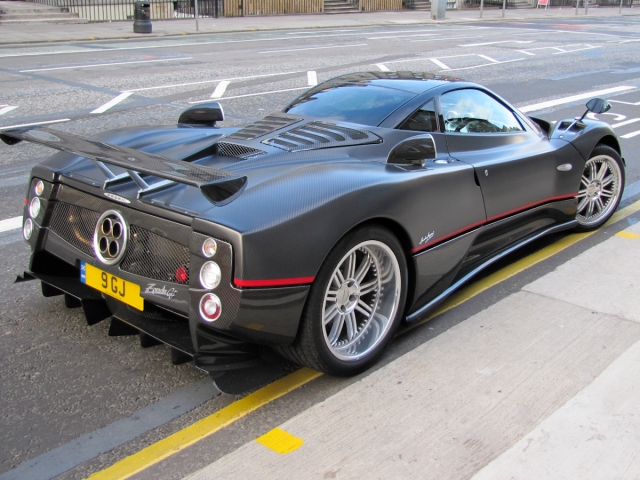




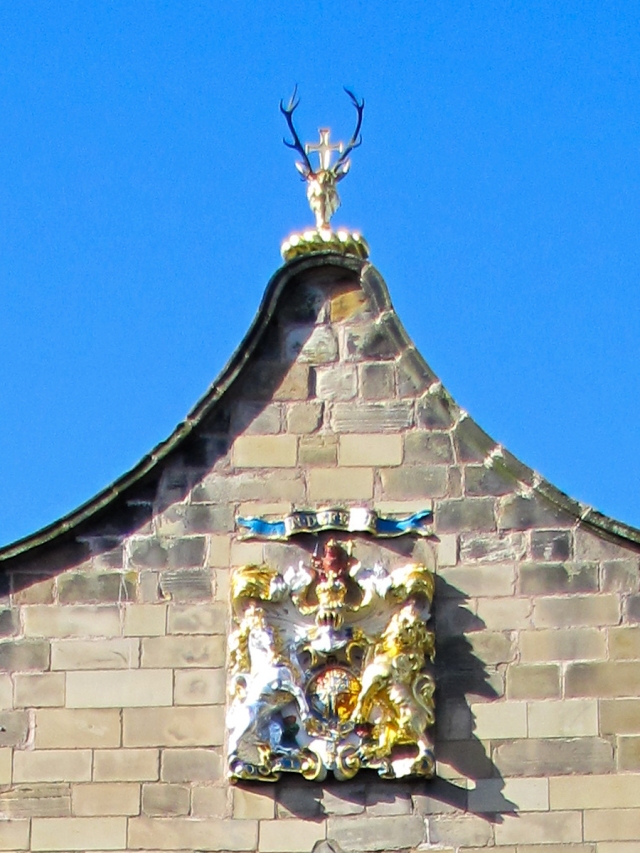






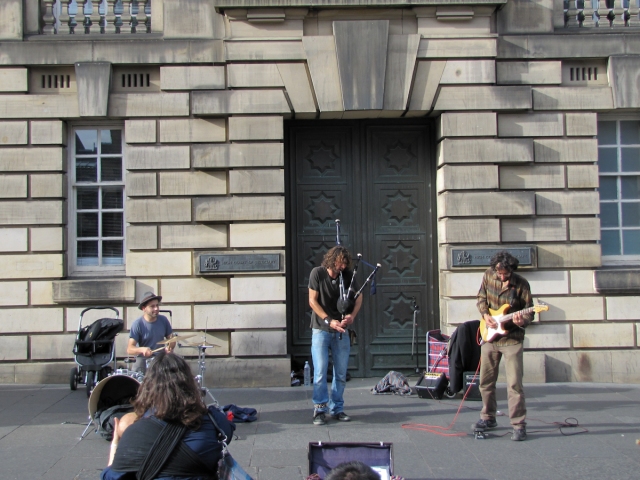

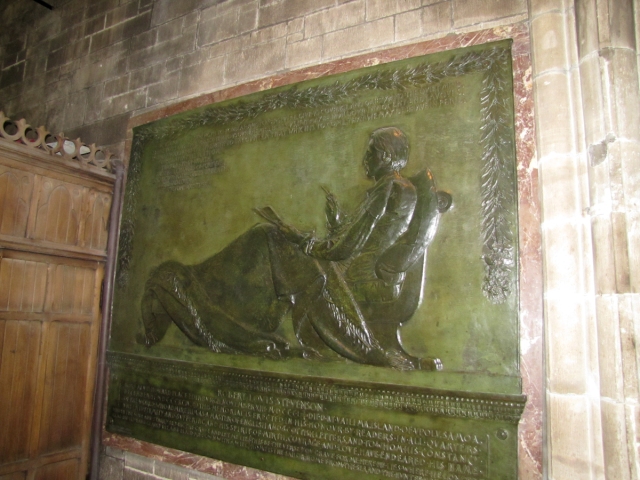



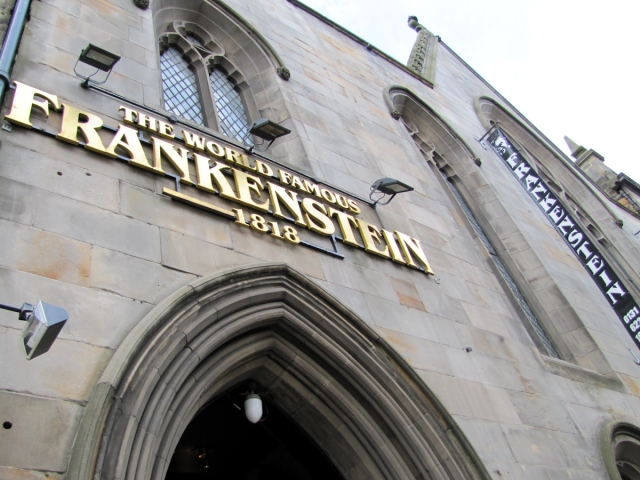



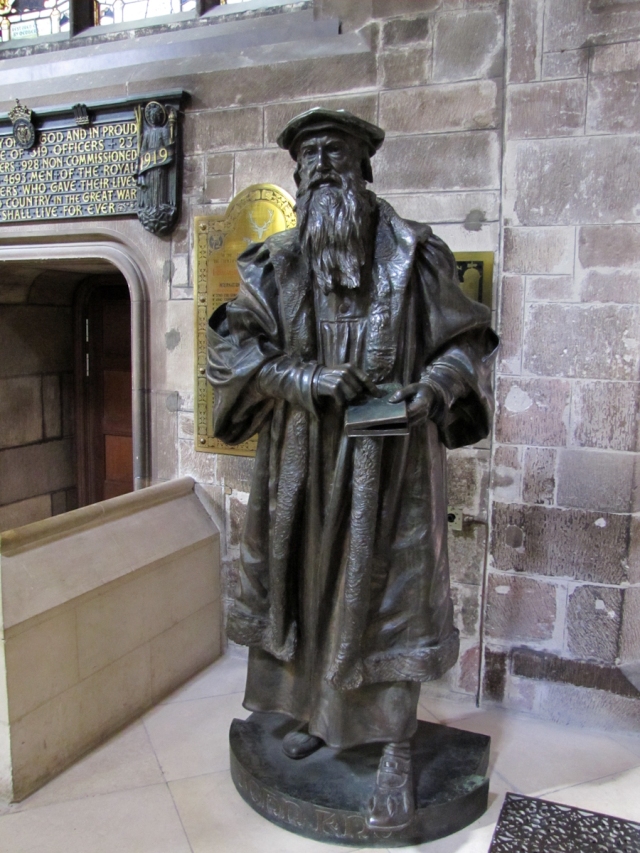

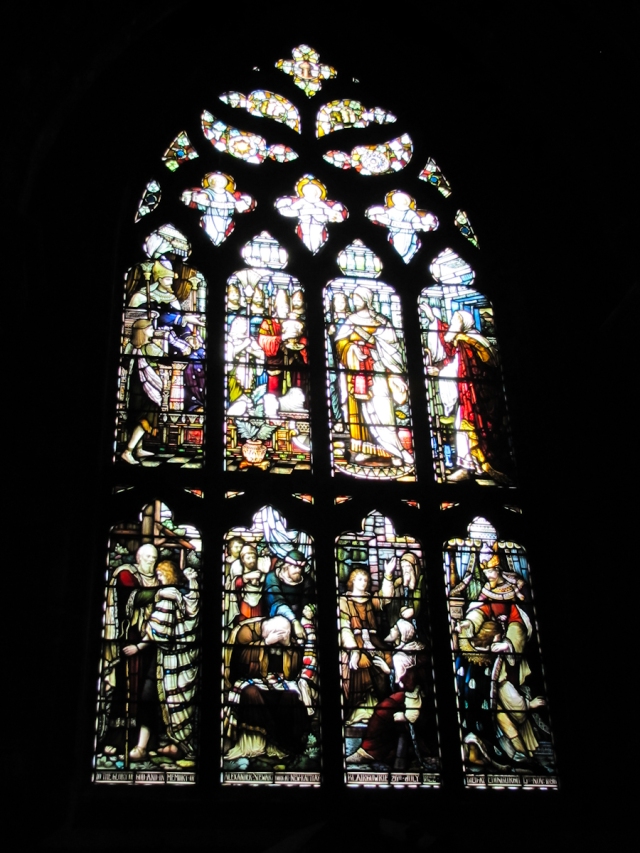



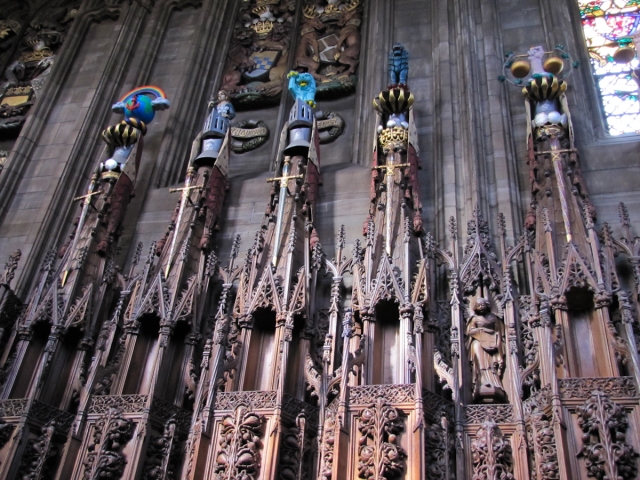


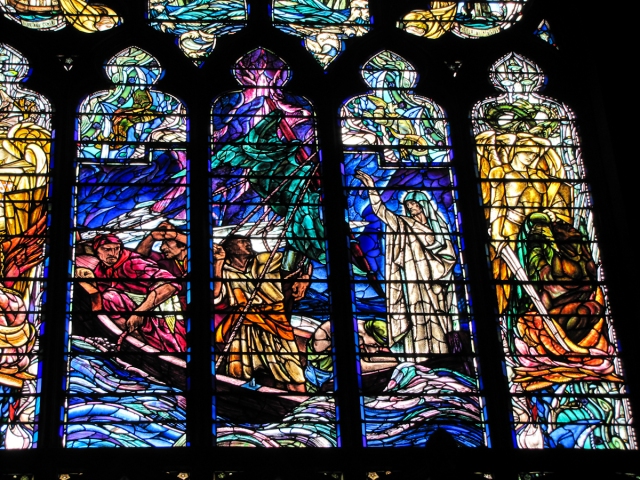
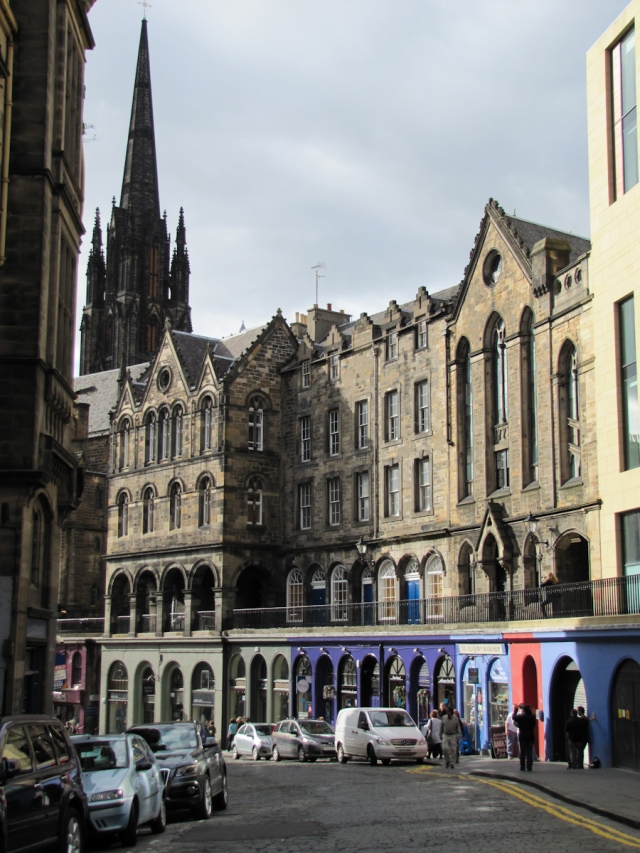

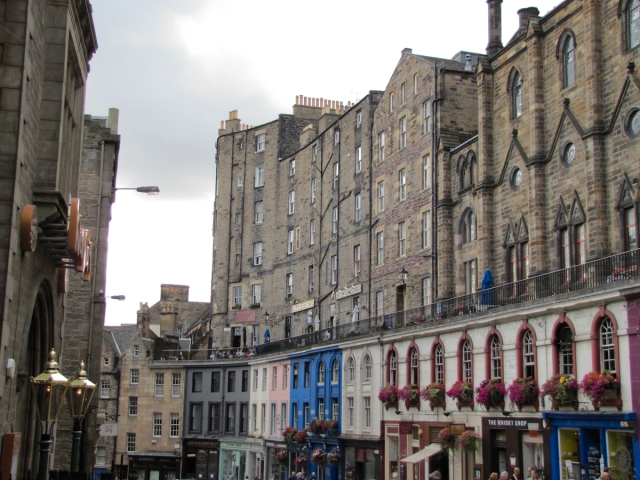




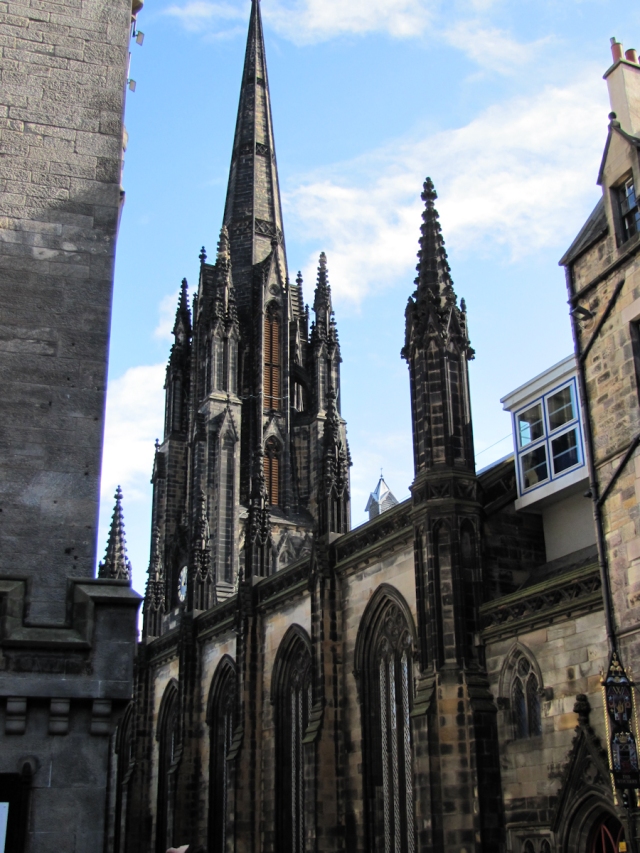


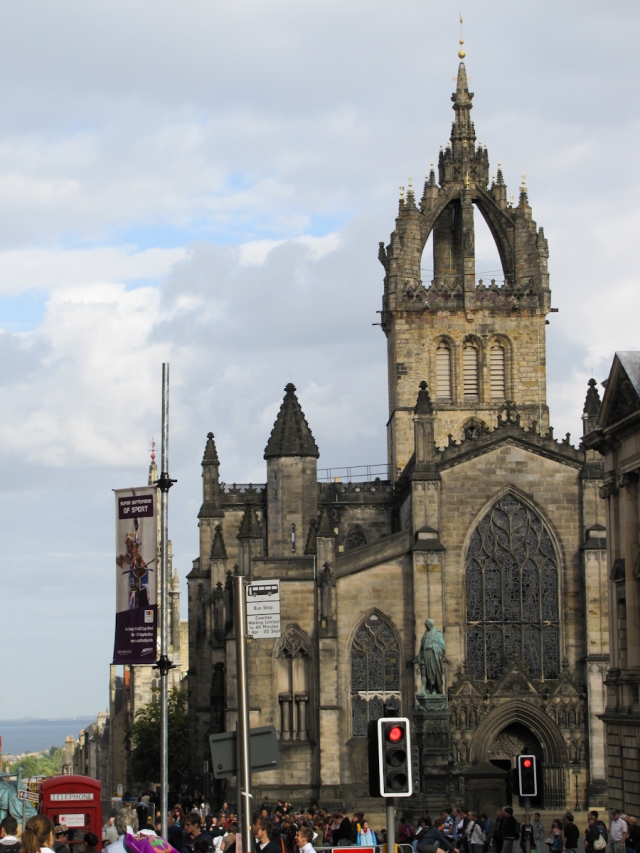

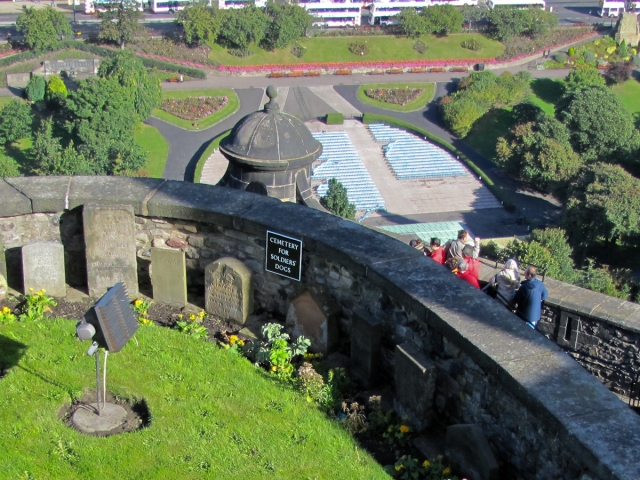


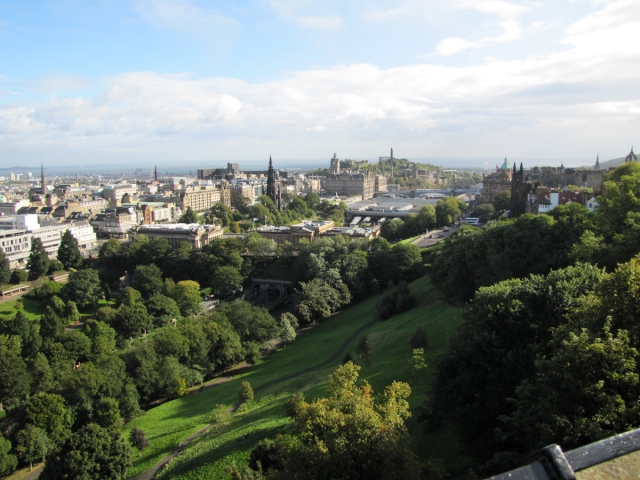




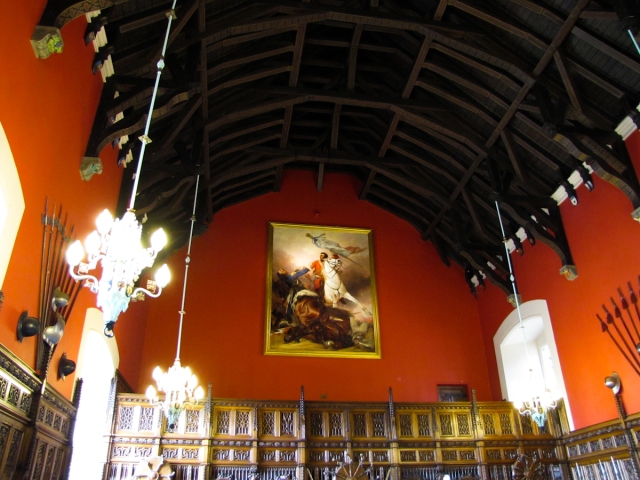
 Castle official Website
Castle official Website






